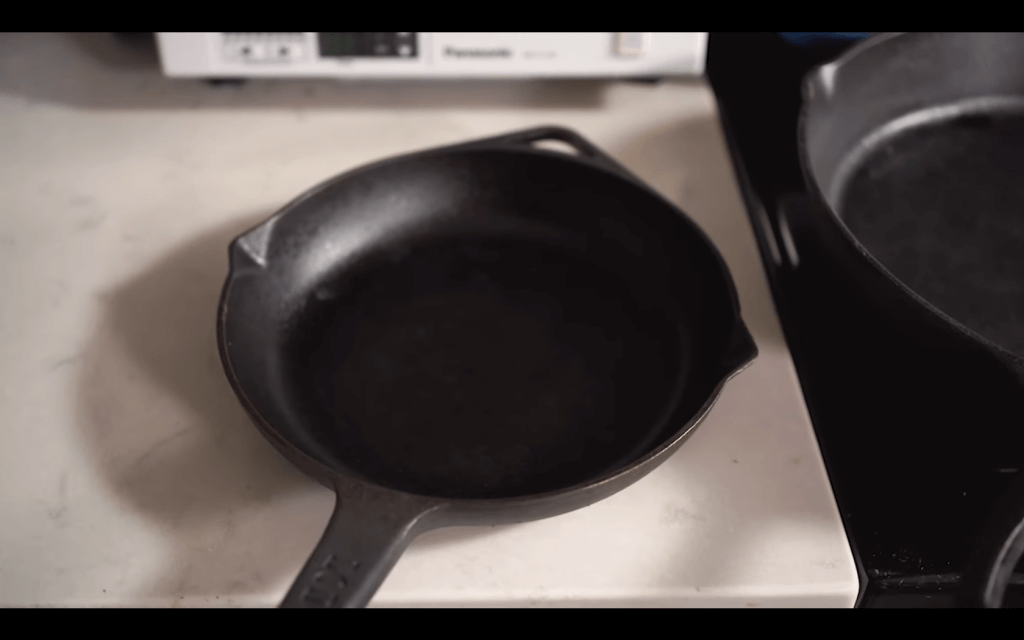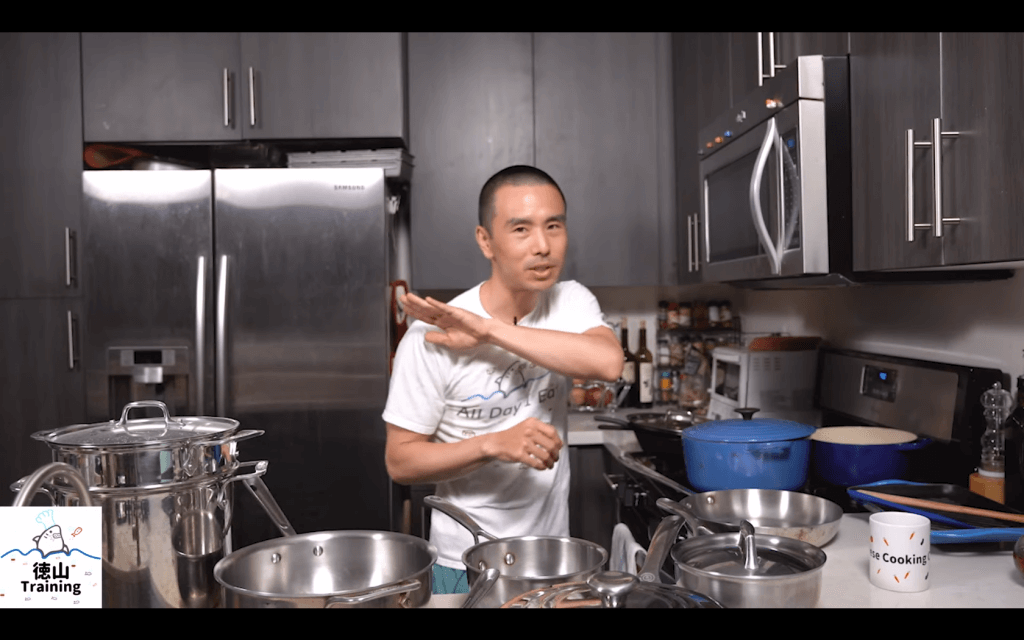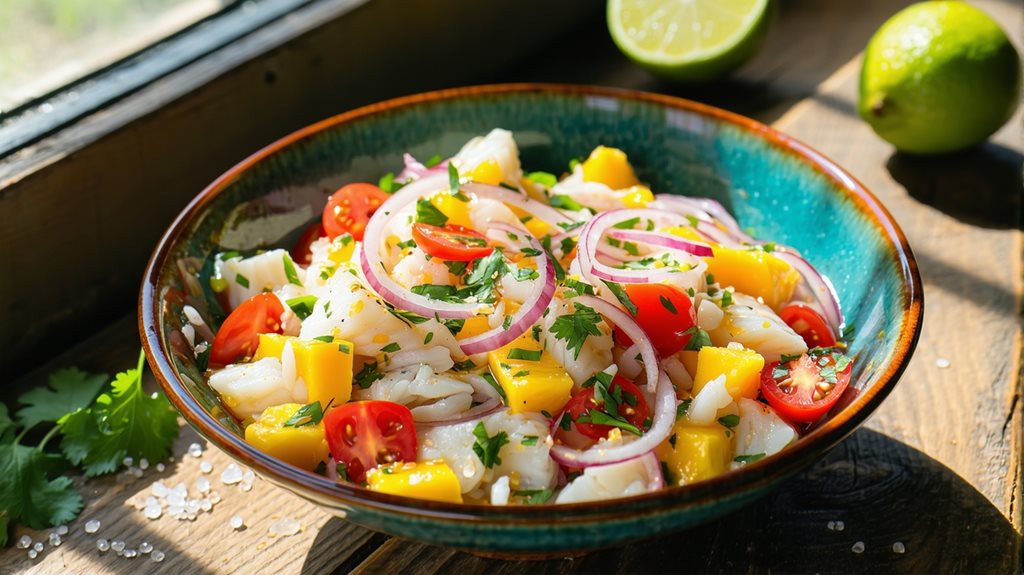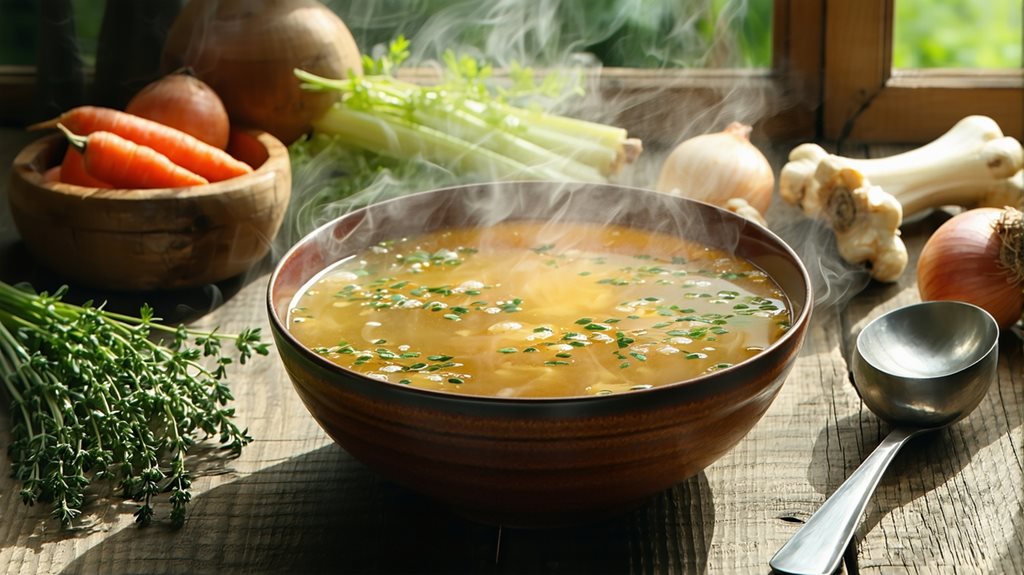Are you looking for some new cookware to invest for the long term or maybe even buy as a gift for somebody who loves to cook? We’re going to be talking about three of my favorite types of cookware, as well as a few of the reasons why I chose to invest in these and some tips for maintaining and using them in your cooking.

The pots and pans that you use in your cooking are arguably some of the most important tools in your kitchen, but we are not here to argue today.
In fact, what I wanted to do was tell you a few things that I’ve learned about cookware over the years, like why I transitioned away from non-stick cookware and made the switch to cast iron, enamel cast iron, and stainless.
And you also might be interested in what I would do differently knowing what I know now instead of purchasing cast iron.
Why make the switch?
If you haven’t already invested in any kind of really good quality cookware, as in something that’s going to last you lifetimes, generations, or as something that you can pass onto your kids and your grandkids and so on (as an heirloom, for example), you might be interested in something like cast iron, or something like enamel cast iron, or even stainless steel.
Each of these three types of pots and pans can last for a very long time, probably longer than your lifetime, which is a good thing, as compared to something like non-stick.
Generally, non-stick is something that’s supposed to be replaced every two to three years depending on how much you’re using it.
If it gets damaged like scratched or chipped and the surface gets compromised You probably don’t want all that coating going into your food. And yes, there’s also those health risks or health concerns
1. Health Safety. If you have heard, the nonstick coatings are not necessarily the best thing that you might want to be cooking with, especially if they can evaporate or get cooked off, depending on how high of a heat that you’re using to cook whatever it is that you’re cooking in your non-stick pan. Non-stick coatings may or may not be something that you want to include in your cooking routine.
2. Durability. For all of these types of pans, they can last over several lifetimes, especially if you’re taking good care of them.
3. Versatility. The cast iron, the enamel cast iron, as well as the stainless steel — all three of these things can be used on the surface of the stove, and also in the oven.
Invest in good cookware

You’ve got to ask yourself a few questions if you’re preparing to invest in some good cookware, and I’ll list a few of these for you right now to help you make your decision.
1. How do you cook? Do you plan on searing your food so you get a nice brown crust, a little bit of maillard reaction to give you a little bit of caramelization?
2. Do you plan on roasting your food in the oven after cooking it or searing it on top? This depends on the type of cooking that you do. Maybe for example, if you bake bread, or plan to use something like a dutch oven or even the skillet to bake something like a pizza, for example, you may want to get something that you would be able to potentially start on top and then put in the oven, or just keep in the oven the entire time.
3. Are you cooking anything that is acidic? That could be something that is based with lemon, some sort of a lemon-based sauce, maybe something like tomatoes. Acidic foods are not necessarily the best things to be cooking in a cast-iron pan because the acid can break down some of the iron, especially if it’s not seasoned properly.
If you have enamel that’s a different story because the enamel protects the iron so it’s not really a big deal. And if you have stainless steel, no big deal at all. Shinpai suna! Don’t worry.
4. How rough or gentle are you when you are in the kitchen cooking? Do you have silicone and wooden or bamboo spatulas, or is everything that you use stainless steel? And do you like to bang and scratch? Depending on how rough or gentle you are you probably don’t necessarily want to use non-stick cookware because that’s going to get scratched, and that’s going to get damaged.
In that case, if you are not worried about being so careful, as in gentle with all of your cooking, maybe you can get something like a cast iron, enamel, or stainless steel where it doesn’t matter how rough or gentle you are.
5. Do you frequently find yourself with maybe no free hands because your hands are tied? Maybe you’re holding a
You might want to use two hands so you don’t burn yourself. Or alternatively, get something that is light like a stainless steel pan. Or even better, carbon steel, which is going to be a lighter version of cast iron.
6. How many people do you cook for? If you don’t really make too much food, maybe you live by yourself (Hitori Kurashi is the word in Japanese). You live by yourself and you’re just cooking for one, maybe you don’t necessarily need a large skillet, or you don’t necessarily need a large pot. And something small, on the smaller side
Stainless Steel Cookware Pros and Cons

Here are some of the pros and cons of stainless steel cookware.
Pros:
1. Versatile. You can use it on the stove. You can put it in the oven. Key point there. You can use it for any kind of food. You don’t need to worry about acidity like you do with the cast iron.
2. Durable. These will last quite a long time. You don’t have to worry about chipping, about scratching. I try not to use stainless utensils. I have a couple. I tend to use mostly wood or silicone. That’s so the bottoms of my pans don’t get too scratched.
3. It’s non-reactive. Kind of like enamel cast iron, stainless is not going to react with your foods. If you’re cooking tomato sauces, for example, or lemon, it’s not necessarily something that you need to be concerned about as you would with cast iron, especially if you like to simmer your tomato sauces for a long period of time.
4. Predictable heating. Generally, these have several layers of metal which help to evenly distribute to the heat just like you would want in an ideal situation. In general, if you get an All-Clad brand like I have here, you might get something that has three layers of metal which helps to evenly distribute the heat around the pan so that your food is evenly cooked. And what that helps to do is cook your food evenly and also give you a little bit of predictability once you get familiar with the way that stainless steel cooks your food.
5. Low maintenance. Instead of worrying about being gentle or super-rough with your cookware, you can cook however you want without worrying about damaging the surface, which is unlike cooking with non-stick cookware. And they’re relatively low-maintenance. If you do char your food, or if you have some grease that can build up, what you can do is use Bar Keepers friend. It’s like an acidic powder with which you can make a paste and help to dissolve anything that has crusted onto your stainless cookware, as well as your enameled cookware, or even your stone countertop or stainless sink and it helps to clean things off very nicely.
One thing to keep in mind, though, is if you have a cast iron cookware you do not want to use Bar Keepers friend. Because it is an acid, it’s going to just eat away at the iron.
Cons:
1. Be mindful of the handles. Generally, when I’m cooking on the stove with my stainless, I usually have to wear either oven mitts or just wrap a towel, over the handle so that I don’t burn myself because they do get hot
2. Not non-stick. But there’s two ways that you can get around. One is by using cooking oil, cooking spray, or making sure that it’s preheated properly and the pan is hot, which is going to help the food not stick to the bottom.
3. Price. Nonstick cookware tend to be on the cheaper side, at least as compared to some of the stainless steel cookware like All-Clad. But I would encourage you to think of the cookware that you use as an investment not only in your kitchen and your cooking, but also your long-term health and the priceless experience of cooking delicious food at home without any issues or concerns about your health.
Stainless steel cookware tips
1. Use Bar Keepers friend. Whenever you have something that’s stuck to your pan or if you have some grease, or you have something that’s burnt, like a burnt piece of food that won’t come off when you scrub it, just put some Bar Keepers friend on there, a little bit of water to make a paste.
2. Use an oven mitt or a kitchen towel. I have my Kevlar oven mitts. These are nice and thick and these are good for taking hot things like a dutch oven out of the oven, or a cast-iron out of the oven because they’re nice and thick.
3. Get the sizes that you think you’ll need the most. If you don’t cook large amounts of food, you may not necessarily need something as large as a Weeknight pan or something as large as a stockpot.
4. Consider getting a set. Especially if you’re starting from scratch or getting something as a gift for somebody who’s starting from scratch because sets generally tend to come with matching lids, which help to make everything easier.
5. Consider just getting at least the base model for All-Clad, which is just three layers of metal on the bottom. They have other more expensive, more complicated layers of metals which are going to be a little bit more expensive. But I think if you just get the base model, you’re going to get all the benefits of Stainless steel cookware without having to spend extra money or more money than necessary, but that’s my opinion.



Konnichiwa! (Hello!) I'm Pat Tokuyama, a Japanese tofu cookbook author, who travels for music, food, and adventure. If you like Japanese tea, checkout some of the newestorganic japanese tea, matcha bowls and noren and more!
** Curious about the Plant Based Japanese Cooking Club? ** Learn more here!
Cast Iron or Enameled Cast Iron Tips
1. Consider getting a carbon steel cookware instead. Like I mentioned, it has all the benefits of cast iron and it’s much lighter. The only difference is going to be the thermal mass, of course. If you are cooking large quantities of food that may drop the temperature of the pan, that maybe something that you want to consider. But if not, then maybe carbon steel will be something that you can buy instead.
2. Instead of getting cast iron, consider getting an enameled cast iron because it’s easier to maintain and a little bit easier to clean. You don’t necessarily need to be worried about acidic foods.
3. Use wood and silicone utensils, especially for cast iron so you don’t damage the surface.
4. Use Bar Keepers friend only on the enamel cast iron and do not use it on cast iron.
5. Avoid extreme changes in temperature. If you have a super-hot pan or a pot that’s cast iron or enamel cast iron, try not to expose it to rapid changes in temperature. Maybe if it was just boiling hot on the stove and you dip it into some cold ice water bath maybe on accident, that could potentially crack it or cause it to crack which would not be a good thing.





Konnichiwa! (Hello!) I'm Pat Tokuyama, a Japanese tofu cookbook author, who travels for music, food, and adventure. If you like Japanese tea, checkout some of the newestorganic japanese tea, matcha bowls and noren and more!
** Curious about the Plant Based Japanese Cooking Club? ** Learn more here!